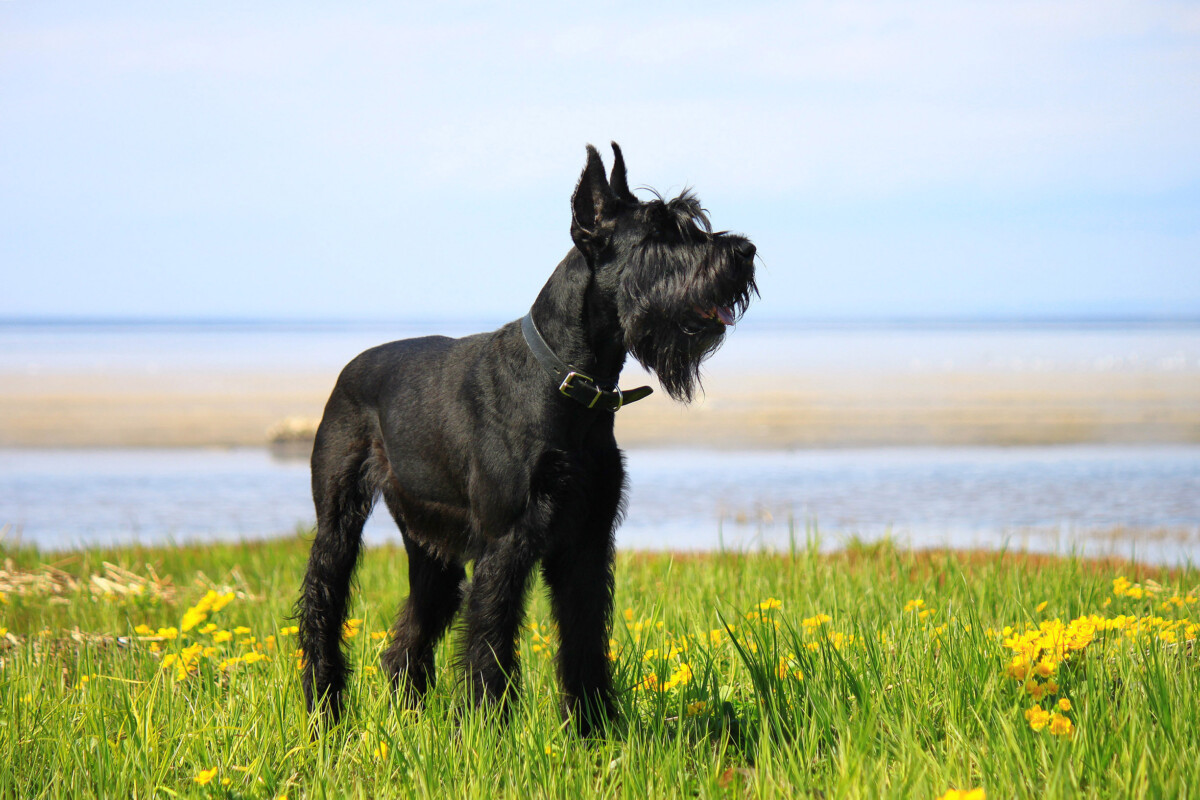Are Low-Shedding Dogs Really Hypoallergenic?

Recently many dog breeds have been crossed with poodles, resulting in new types of dogs called “doodles”. There are Golden doodles (golden retriever and poodle), Aussie doodles (Australian Shepherd and poodle), St. Berdoodles (St. Bernards and poodles), etc.
Poodles are low-shedding dogs and this trait is passed on to some of their offspring, including many doodles. The coats of doodle puppies vary widely, even among puppies from the same litter, but the low-shedding coat is highly prized by people looking for a dog that will leave less hair around the house.
Another reason for the popularity of doodles and other low-shedding dogs, such as schnauzers, bichon frises and Yorkshire terriers, is the desire to avoid pet allergens. These breeds of dogs are often referred to as “hypoallergenic”, meaning that they are more compatible with people who have pet allergies. According to the Asthma and Allergy Foundation of America, however, “A truly hypoallergenic cat of dog does not exist.”
While homes with low-shedding dogs don’t have as much dog hair to vacuum up, they still have pet dander and pet fur, as well as possible pet urine and pet saliva. All of these things can cause allergic reactions. Allergens accumulate over time, even when the dog is low-shedding.
According to the American College of Allergy, Asthma and Immunology, “A 2011 study compared dust samples from homes with dog breeds reported to be hypoallergenic and those of homes with other dogs. The levels of dog allergen in homes with “hypoallergenic” dogs did not differ from the levels in homes with other breeds.” Owning a different type of dog apparently doesn’t make much of a difference in the level of allergens found in the home.
Of course, steps can be taken to try to improve the situation. The use of air filtration systems, frequent vacuuming, replacing carpet with hard flooring, and keeping the dog out of your bedroom are just some of the ways to cope. Whether or not this will make the situation livable, however, will vary with the severity of the allergy.
When a person with pet allergies thinks about getting a dog of any kind, the potential for problems and the need for extra cleaning should be considered. It won’t be the fault of the pet if the situation doesn’t work out. If this happens, your pet is going to need a new home. Both long and short term responsibilities of pet owners need to be carefully considered. If allergies are a possibility, a healthcare provider should be consulted.
It is tempting to think that spending time with a puppy will demonstrate whether or not it’s ok to bring the puppy home but this is not true. Regardless of the breed, little puppies don’t produce as many allergens as adult dogs. For the most accurate trial run, there is no substitute for spending a couple of days with a similar adult dog of the same breed.
Doodle dogs and other low shedding breeds can make wonderful companions. They are, however, not a “sure thing” for a pet owner who is allergic to dogs. The best pet is the one you can bring home and keep for its entire life. For the sake of your health and your pet, it’s important to do your homework.
